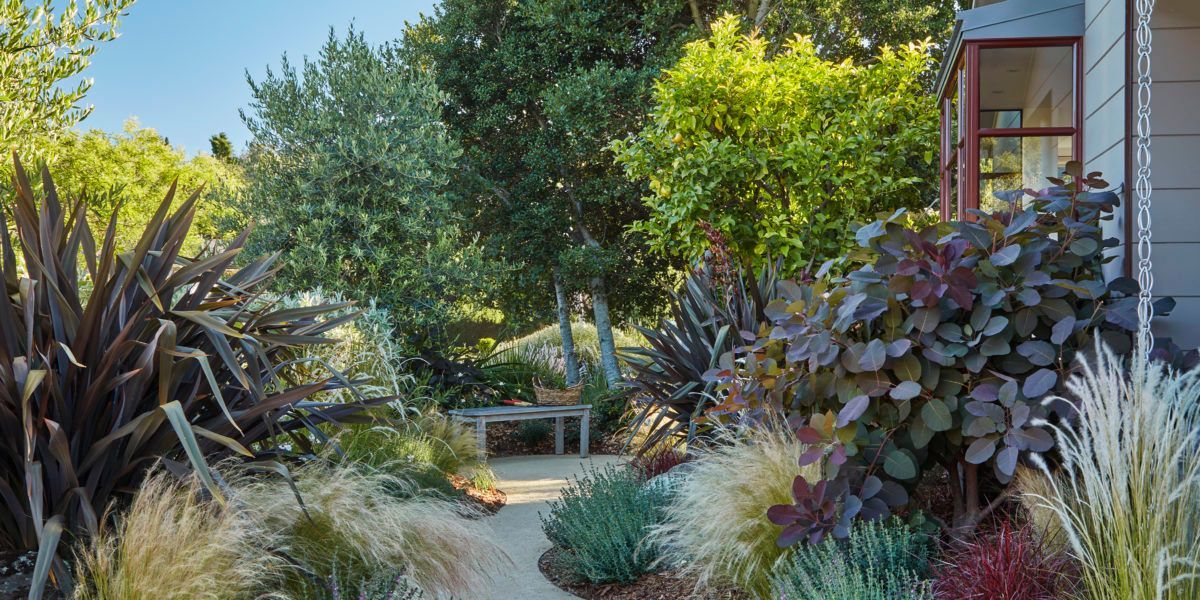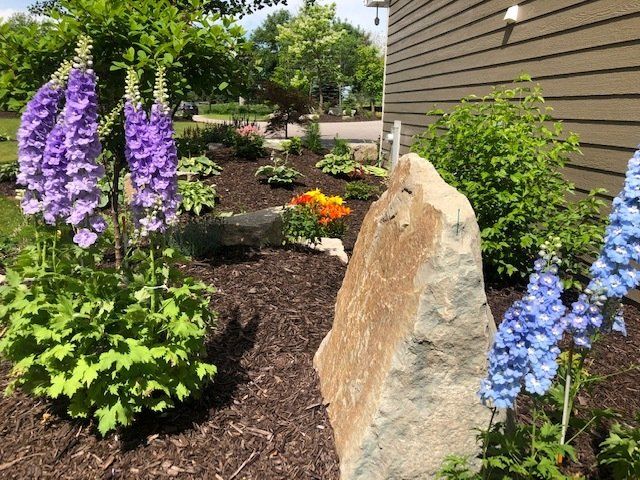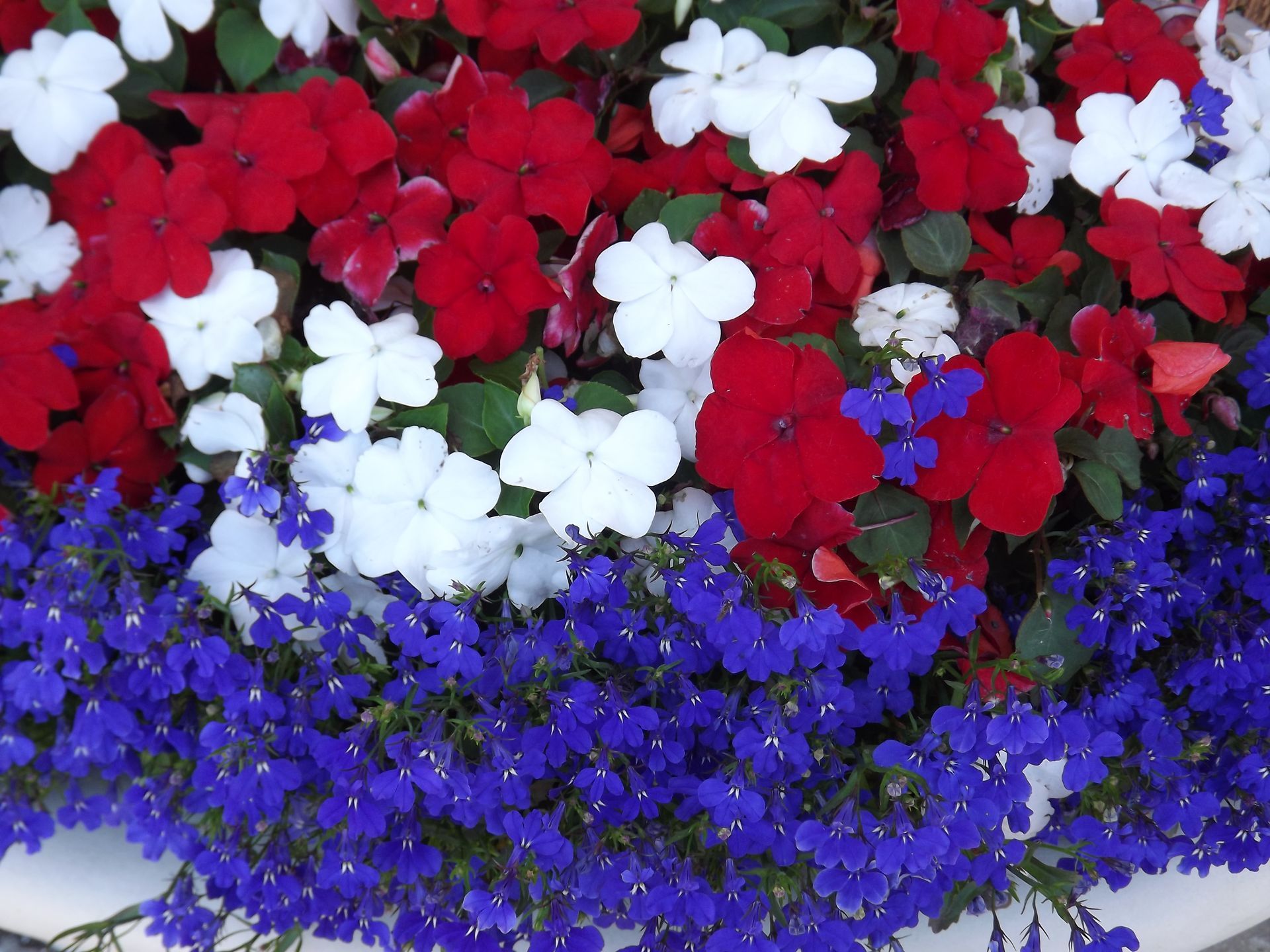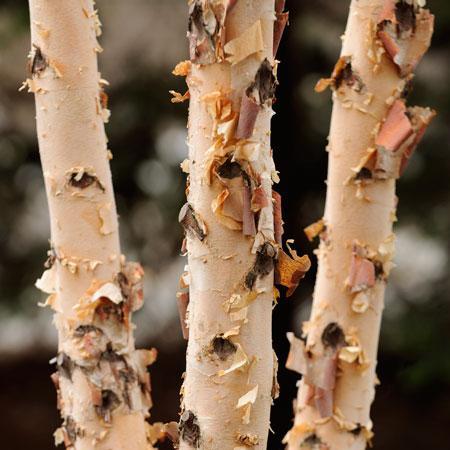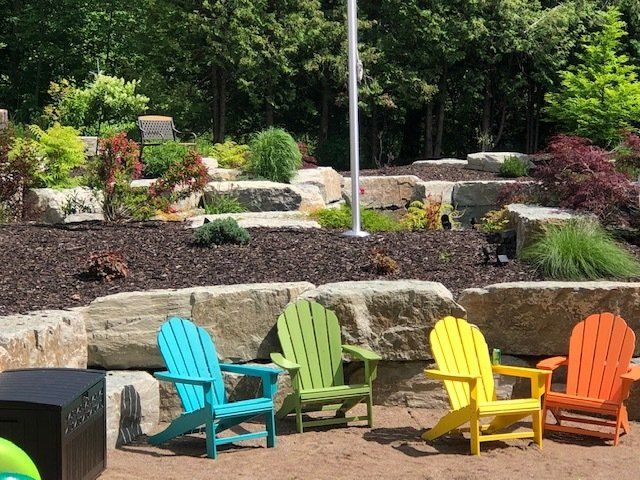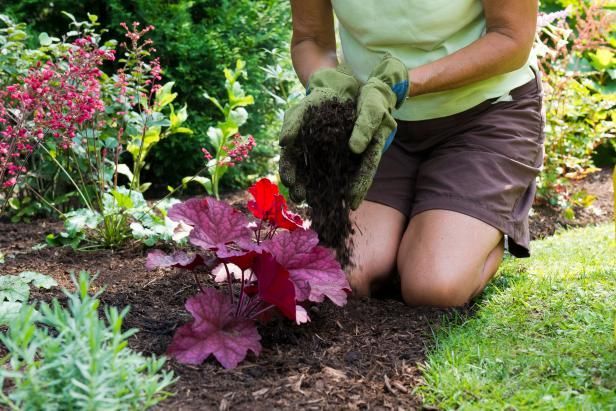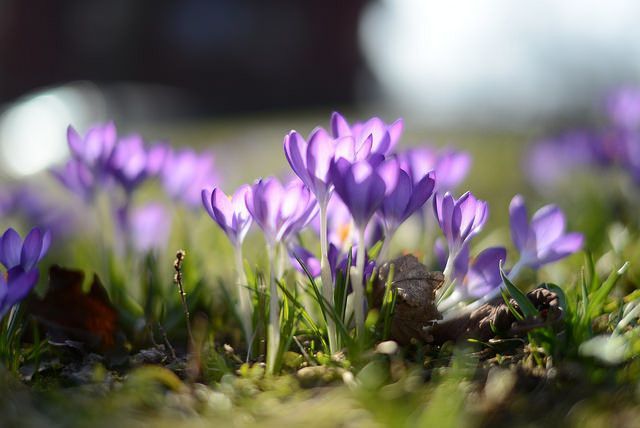Trends to Try in Your Backyard This Year
We're planting the seed now, ahead of the growing season!
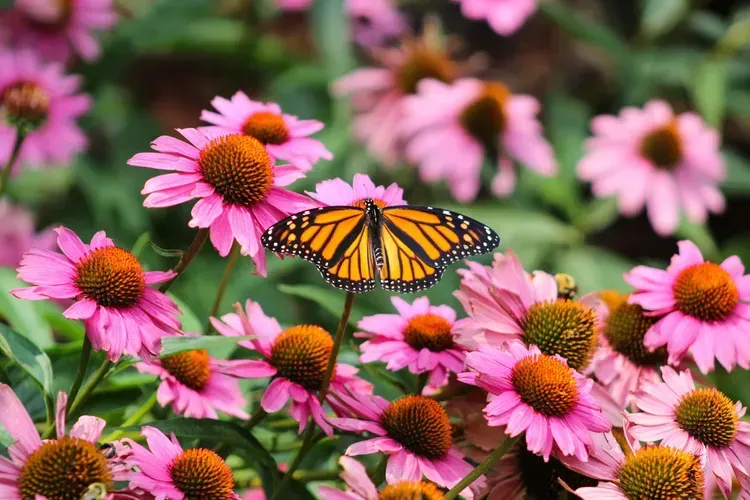
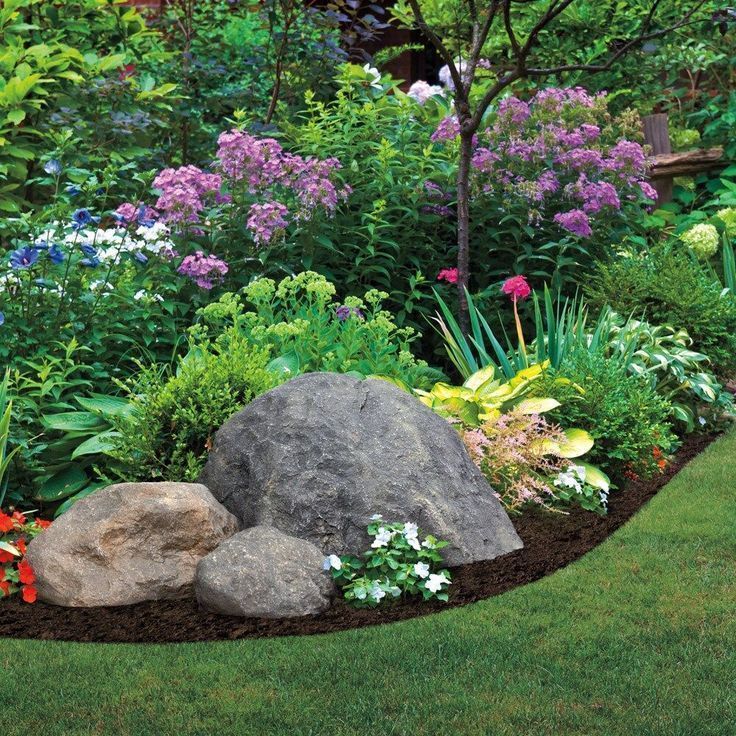
(Colorfully) Planting With a Purpose
We'll see a lot more color returning to gardens in the new year, as well. "Soft, muted, and dusty greens and neutrals have been very popular over the past few years," Quindoy says. "Now, people are looking for a little more joy in their gardens, especially in the form of pollinator plants that not only bring a pop of color, but support crucial pollinators like birds, bees and butterflies." That means plants like native sunflowers, coneflowers (echinacea), garden phylox, and asters will likely grow in popularity over the next few months.

Bee-Friendly Landscaping
[Expect] to see an explosion of intentionally pollination-friendly yards in 2023. As for the critter that will be top of mind? Bees. "People are more attuned to the environmental benefits of saving bees and are noticing what bees and other pollinators offer their gardens, so they're planting flowers that encourage these visitors—like daisies, lavender, lilacs and honeysuckles—rather than shooing them away," Micetich says.
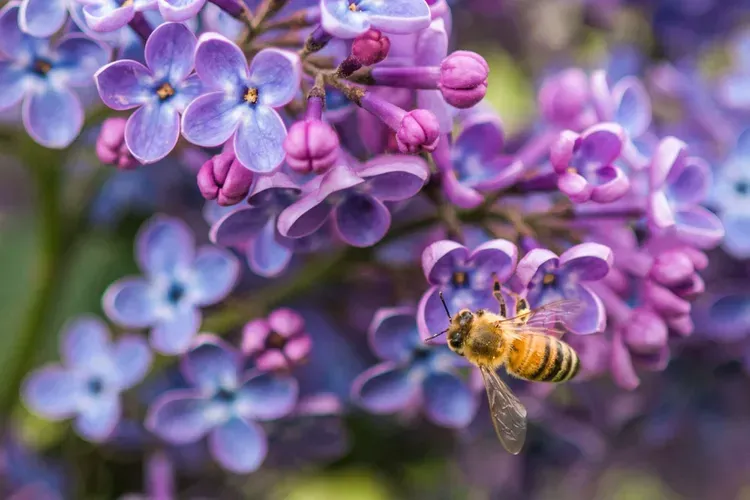
Unfussy and Organic Layouts
As bolder colors and maximalist landscapes pick up speed, layouts are getting simpler. Expect to see more organic shapes, orientations, and textures in the garden in 2023. "Think unfussy wildflowers, romantic arbors, meandering gravel paths, and mixing and matching plants and styles in a way that feels natural and whimsical," she says.
The reasoning behind this trend? People are finally hitting the road again, and as they travel (especially to European destinations), they're falling in love with the Old-World charm they discover along the way.
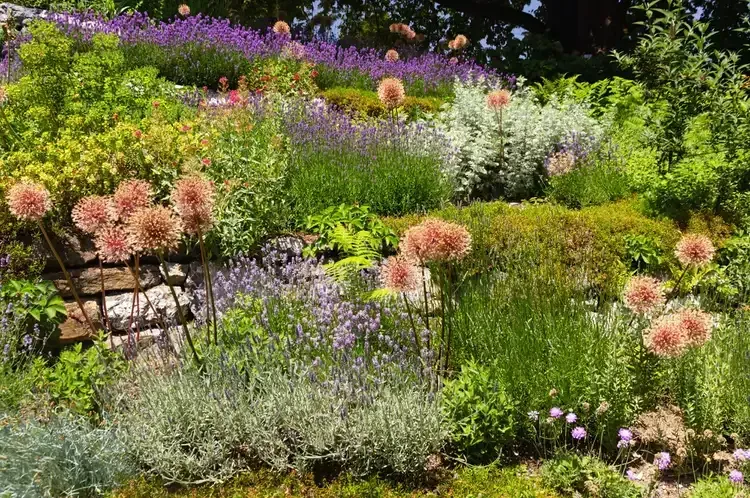
Meadowscaping
Flower beds will never fully go out of style, but what goes into those beds will change this year. "We'll continue to see more variety in planting styles within beds—especially where people are looking for low-water or low maintenance styles that still create visual interest and curb appeal," Quindoy says, noting that many people have recently opted for the "meadow style" thanks to its "natural, unfussy, and informal" nature. "The style favors soft and wild ornamental grasses like silvergrass, lomandra, and blue fescue, which give you an organic look that requires little upkeep."
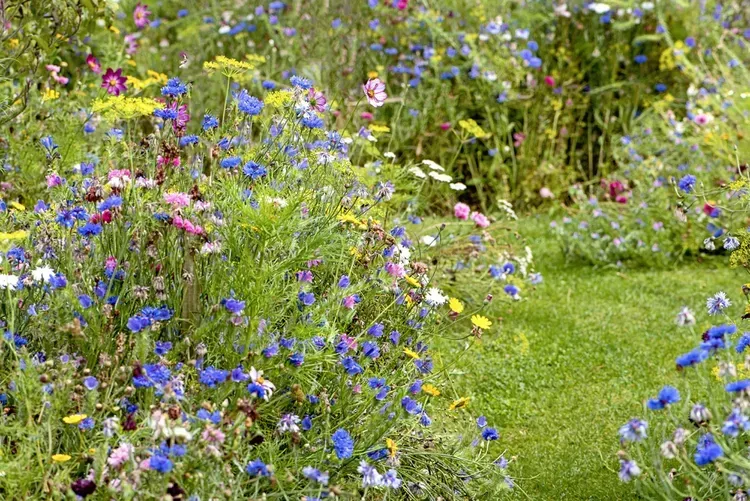
Source: https://www.marthastewart.com
Looking for more inspriation? Call us today to schedule YOUR free landscaping consultation! 920.462.7041
